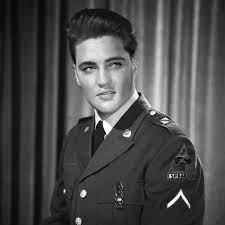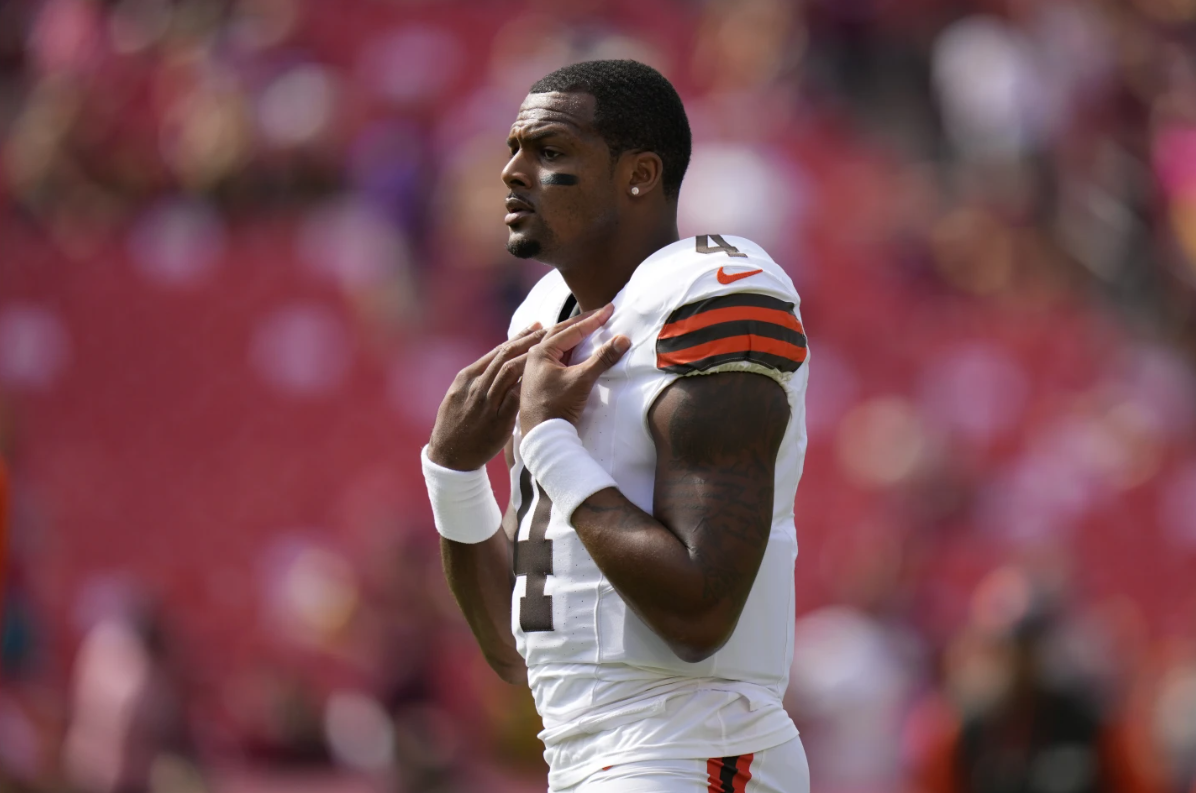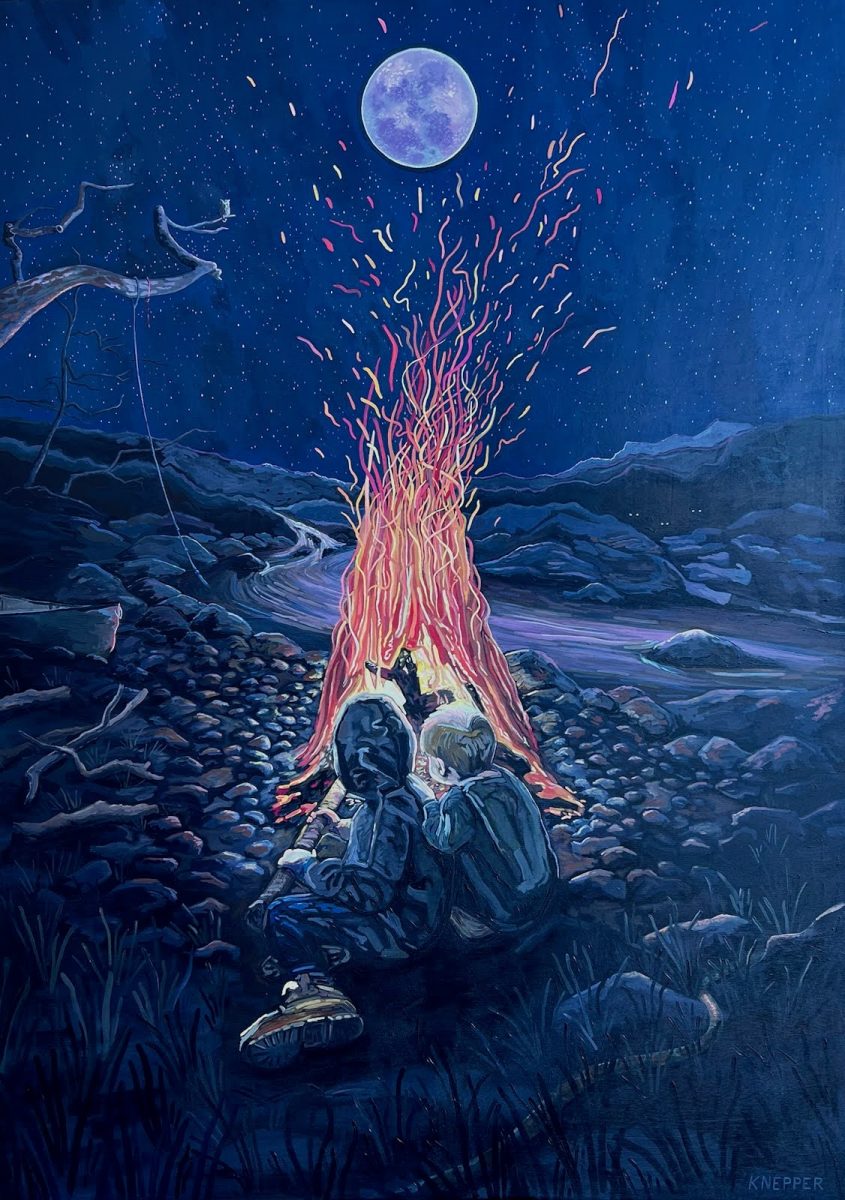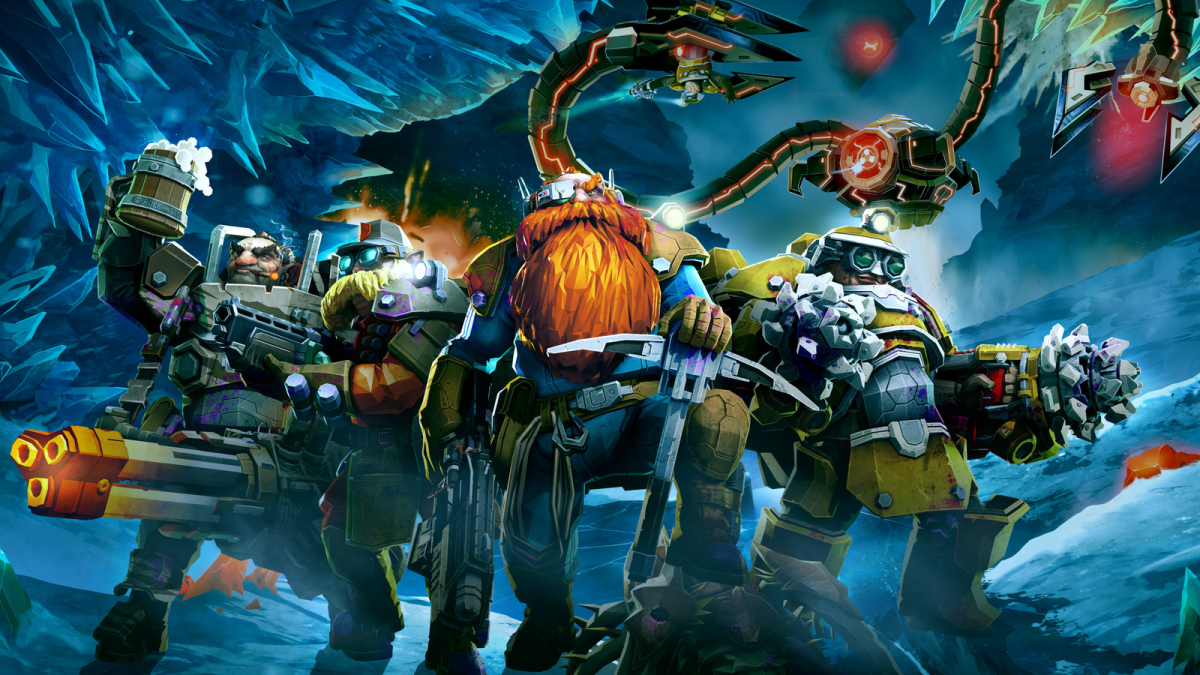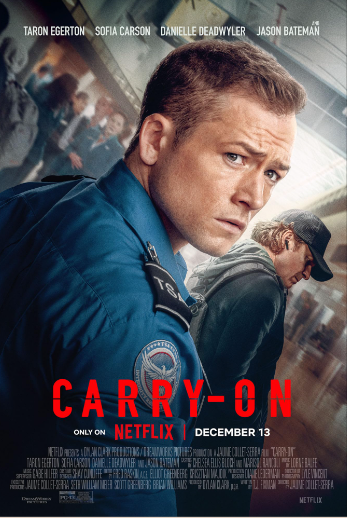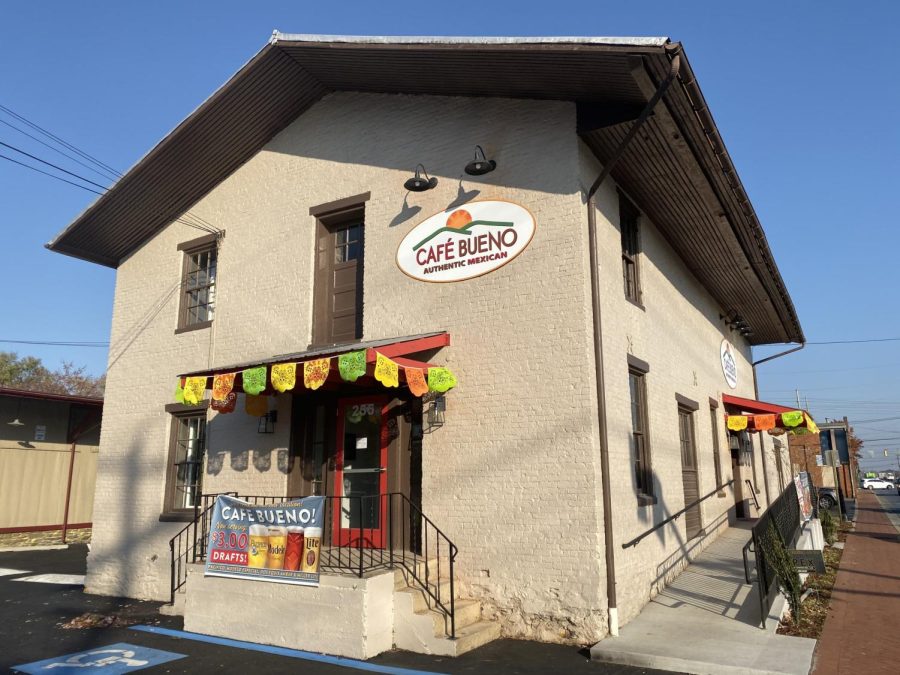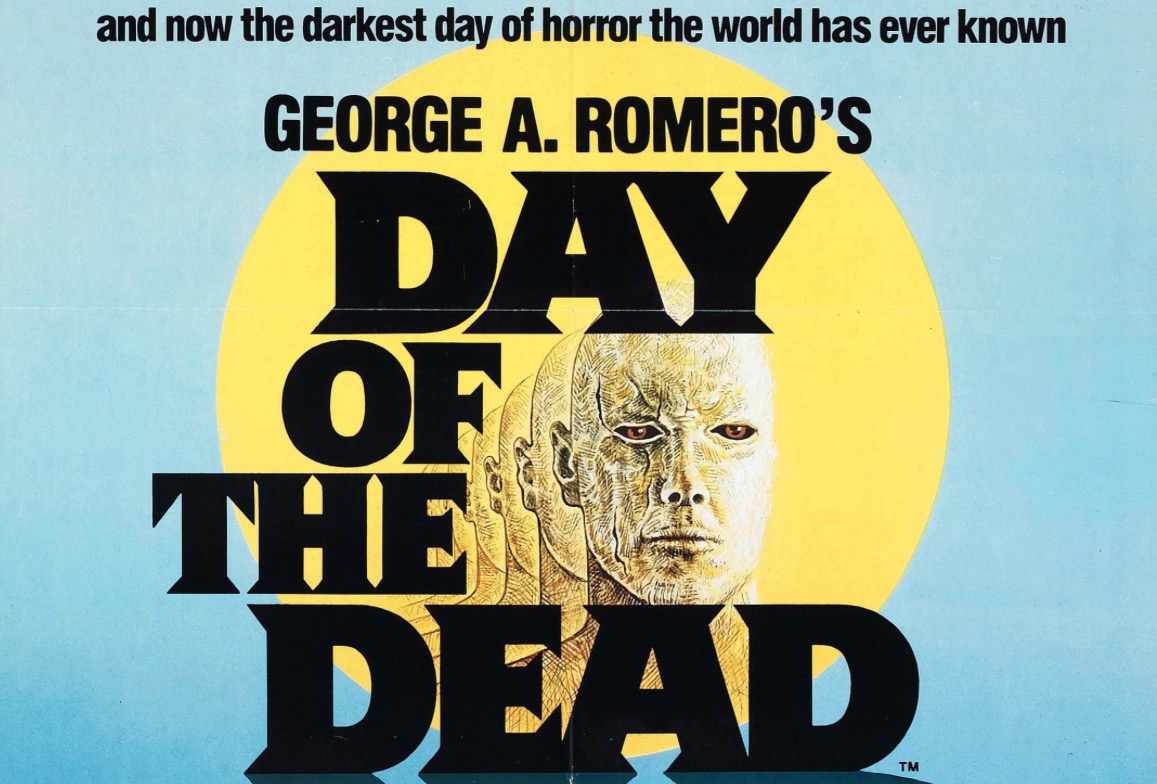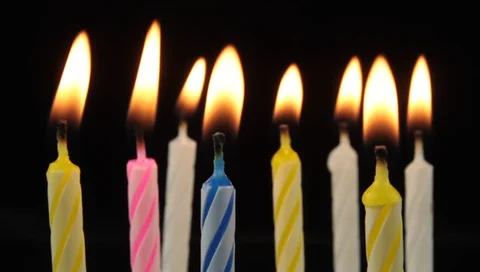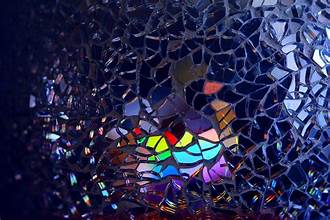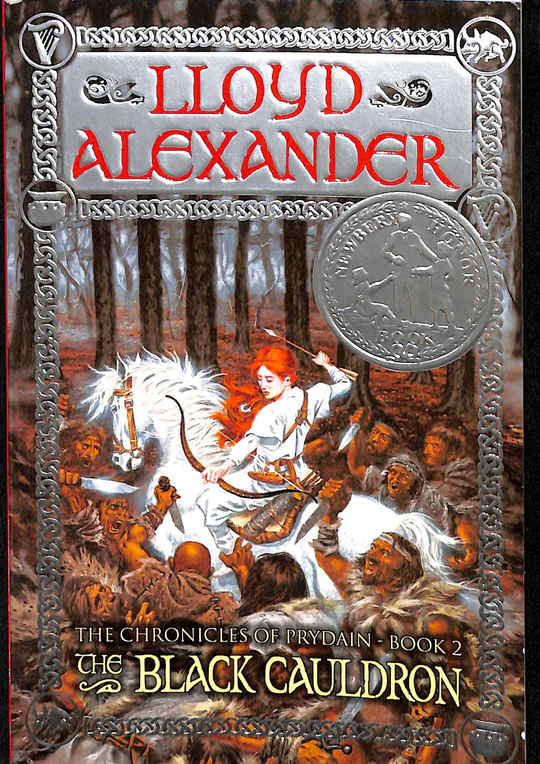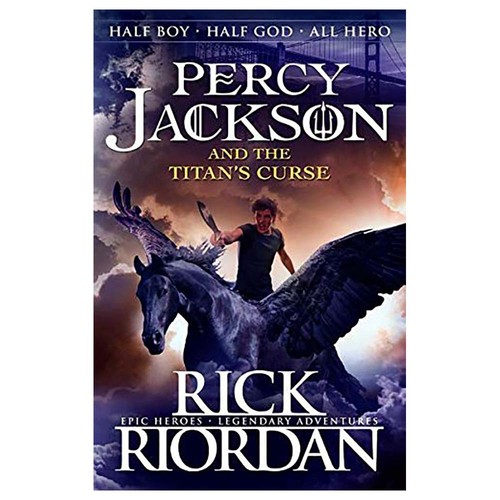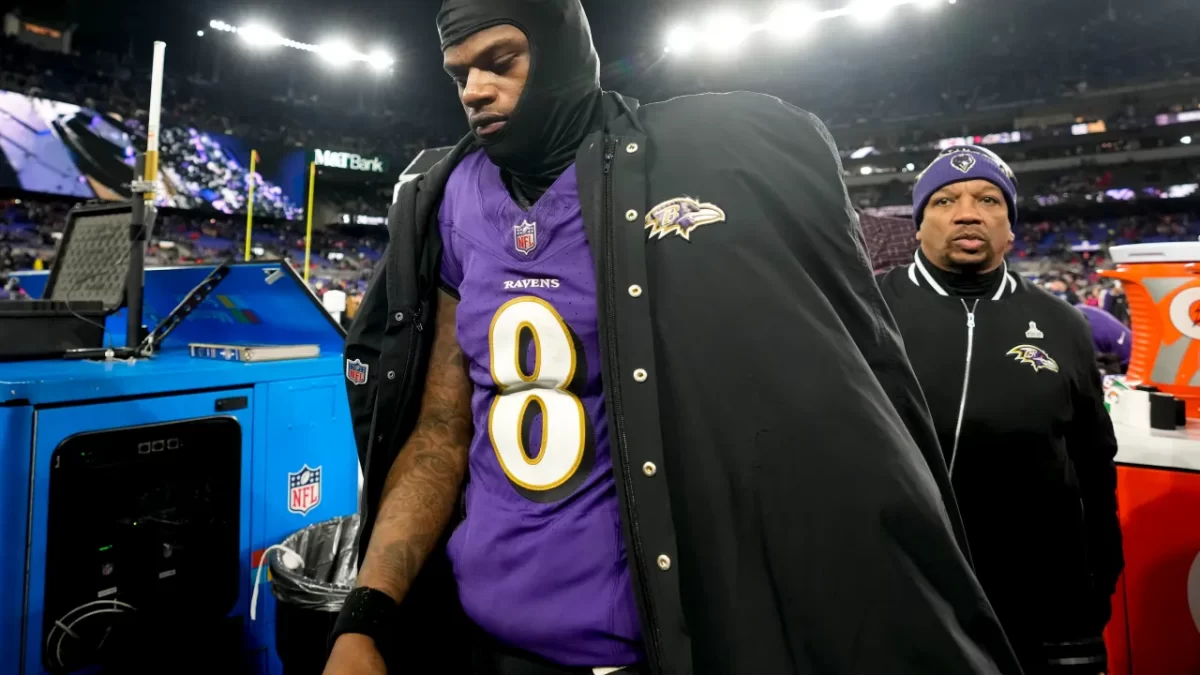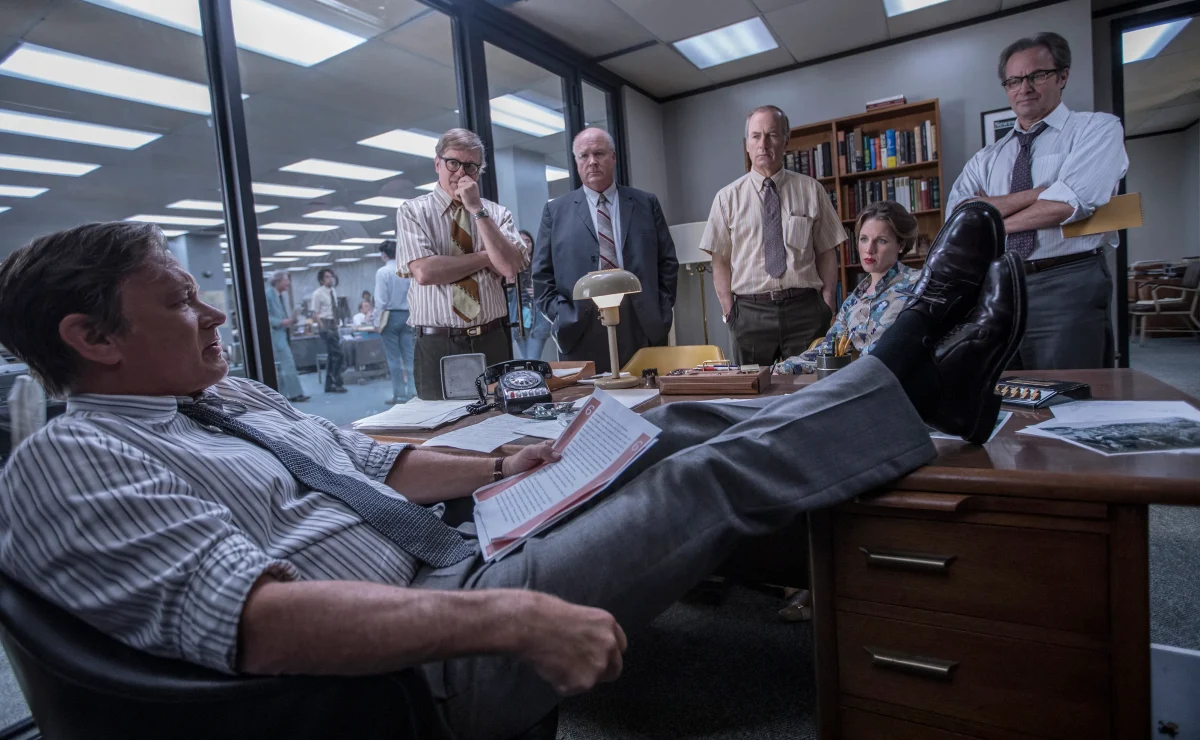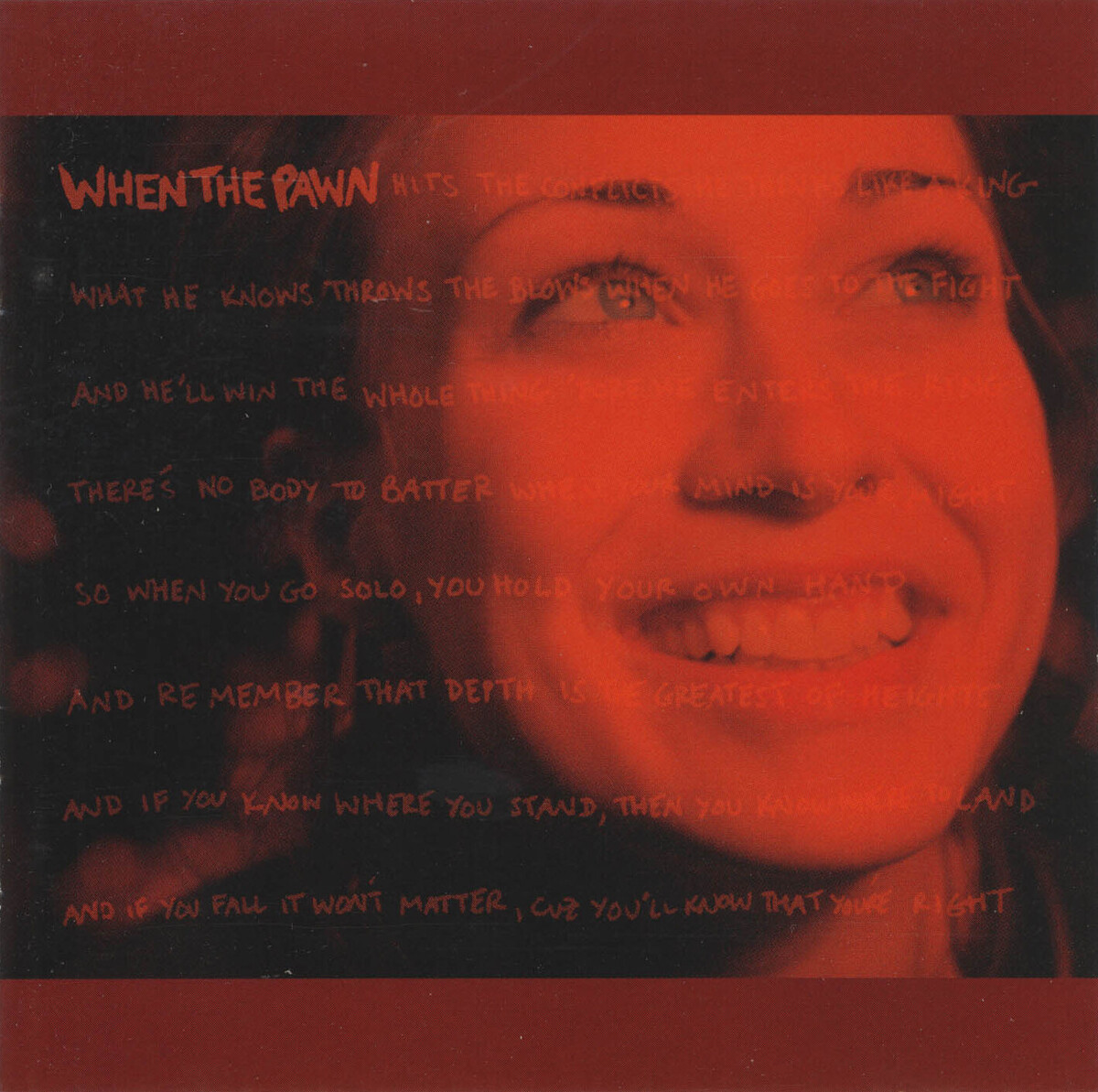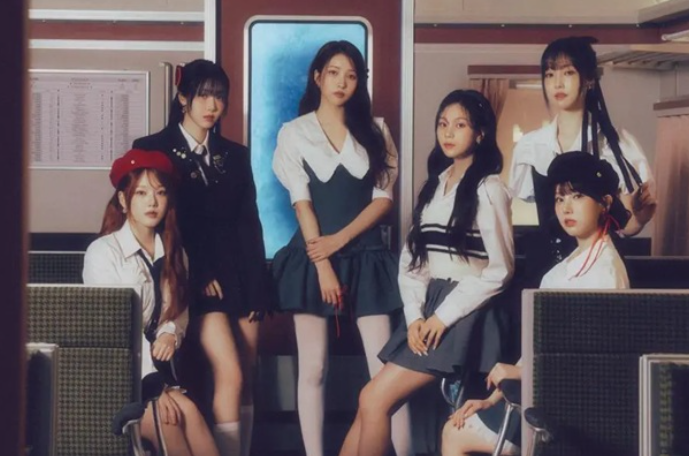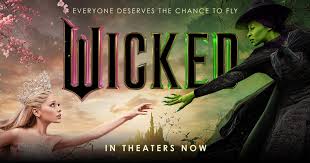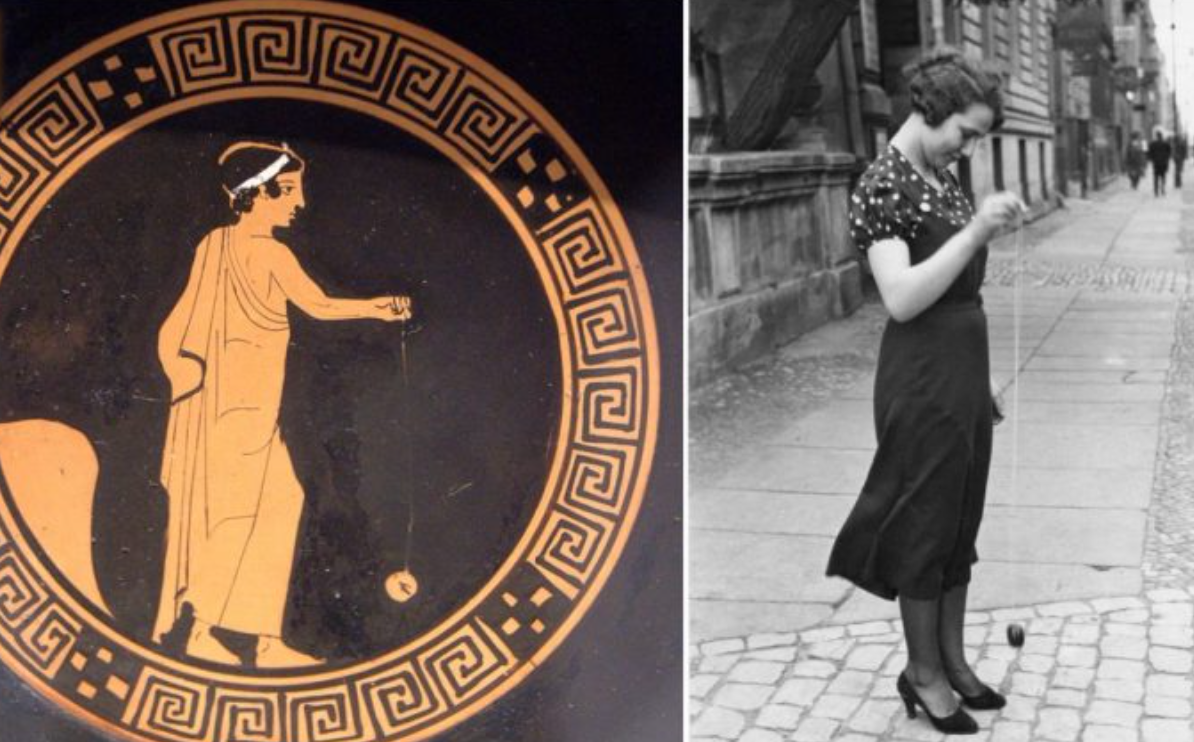George Romero’s “Living Dead Trilogy” of films (“Night of the Living Dead”, “Dawn of the Dead” and “Day of the Dead”) have always been October go-to’s for me. The reason for this I think is because growing up, I always thought of these movies as cornerstones of the horror genre which I had a constant craving for. I was always trying to see more horror movies, and these definitely left a major impact on my taste when I saw them at a semi-young age.
“Day of the Dead” is a zombie apocalypse film about a small group of soldiers and scientists sheltered in an underground base with hopes of beating the deadly virus fading them away before their eyes. One thing that I noticed right off the bat on this re-watch was the incredible opening sequence.
Romero tells you everything you need to know about the state of the world and the state of our protagonist, Sarah, without more than a couple lines of dialogue. We open on a dream sequence where we see Sarah sitting in a safe, confining room: her headspace. She updates her calendar, the only thing keeping her from losing touch with reality, and, in a great and shocking moment, zombies burst through the walls around her. Romero is showing us that she is trying to stay strong internally, but the horrific state of the world is slowly breaking her down.
We get to see that world right afterwards, as Sarah awakes and she and the crew touch down in a Florida city looking for survivors. In just a few establishing shots of the city, we are told visually exactly where the world is: we see tattered buildings, money, now worthless, drifting in the wind, an iconic newspaper with the headline “THE DEAD WALK!” and, of course, an incredible Tom Savini zombie. You don’t need a lot of setup for a zombie apocalypse film and Romero knows that, this opening gives the audience everything we need so we can immediately start getting into the characters.
In “Day of the Dead” our characters are mostly soldiers and scientists with a few outlying crew members around as well. As tensions rise, these groups divide into factions and end up in a struggle for power over the base. All of the featured players are very well defined, something I thought Dawn kind of lacked. Our protagonist, Sarah, and her romantic interest, Miguel, have a dynamic that I like a lot. It’s the polar opposite of the male and female protagonists in Night and Dawn, with Sarah taking on the power role and Miguel being the one struggling with the stress of the apocalypse.
The major complaint that I have seen about the movie is the over-the-top acting of Joe Pilato who plays the military commander “Rhodes.” I think he’s at the very least a lot of fun in the movie, and even if he is really exaggerated, he owns the character and always controls the scene. Probably the most interesting character in the movie is the doctor, nicknamed “Frankenstein” by the rest of the crew. His experiments on the zombies are what really elevate this movie, as they serve as an outlet for Romero to play with themes about the morality of killing zombies: something totally new for the “Living Dead” franchise.
Romero explores zombies in multiple new ways in Day of the Dead. For one, he explores the actual anatomy of zombies in a way that isn’t just “how can we kill them.” Frankenstein’s experimentation adds a layer of science fiction to the movie and gives it a freshness in comparison to its predecessors. In the film, Frankenstein spends most of his time locked up in his lab tearing apart zombies to understand how they work. His biggest find comes with “Bub,” the first domesticated zombie. On the surface level, Bub is just a gimmick for comic relief, but he is doing a lot more than that.
Bub’s existence shows that there is a human being behind every zombie. Every undead monster that Frankenstein tears apart for “science” is a human being that is diseased. In the end it becomes a classic “do the ends justify the means” scenario. Was Bub’s success worth the hundreds of pain-inducing deaths that got him there? Romero, the “Father of the Modern Zombie,” is showing compassion for his undead creations which I think is a fascinating angle and one I have never seen in a zombie film before or after Day of the Dead.
These movies are known for their cynical social commentary, and each one has a very unique focus. The focus in Day of the Dead is mostly on the dangers of the military. I think everything Romero is trying to say in this movie is summed up in the scene in which Bub is first domesticated. He may not be compelled to devour flesh on sight anymore, but he still lacks any capacity for rational thinking. Despite having essentially been stripped down to the intellect of a dog, Bub still knows how to hold, load, and shoot a handgun with no hesitation. Is it in his nature? Is violence human nature? Romero seems to believe so. Our living characters certainly aren’t pacifists either. There are a lot of similarities between the way they hold zombies hostage for brutal experimentation and the way prisoners of war are often held and tortured.
Romero certainly had a lot he wanted to say in Day of the Dead and I don’t think it all immediately clicks on first watch. Rotten Tomatoes calls it the “least haunting” of the trilogy. On the contrary, while I think that “Night” will always have some of the scariest images put to film, I wouldn’t be afraid to call this the scariest of the three movies. For me, this movie is the definitive example of why “slow zombies” are always scarier than quick ones. The idea of being trapped in a tight environment with hordes of the undead slowly approaching and making a slow, painful death inevitable is so much scarier than being quickly taken down and killed by the quicker zombies that are more popular in today’s films.
Savini’s special effects work doesn’t spare the audience any of the brutality either, and despite being nearly forty years old there are still some scenes in this movie that are hard to watch. Above all, the hopeless, isolated tone is enough to make this movie the scariest of the three for me. In “Day of the Dead,” you simply never get the feeling that there is another human being out there, and it’s quite possible that there is not. This is the only one of the three movies in which you never see an outside character, and it does a lot in making the already tension-filled base even more tense.
When people talk about Romero’s legendary trilogy that really solidified what we now know to be zombies, “Day of the Dead” is always an afterthought, if it is even a thought at all. This is absolutely undeserved and it is good to see the movie garnering a cult following slowly but surely, as I truly believe that this is Romero at the top of his game in regards to filmmaking, social commentary, and, of course, telling a good story.



